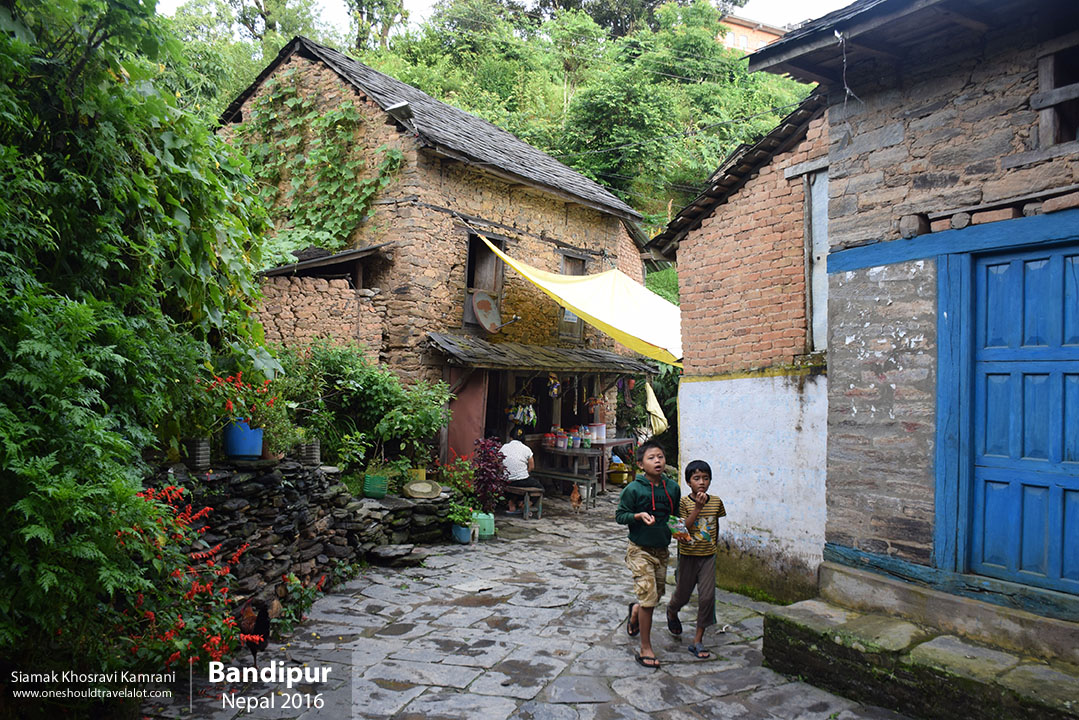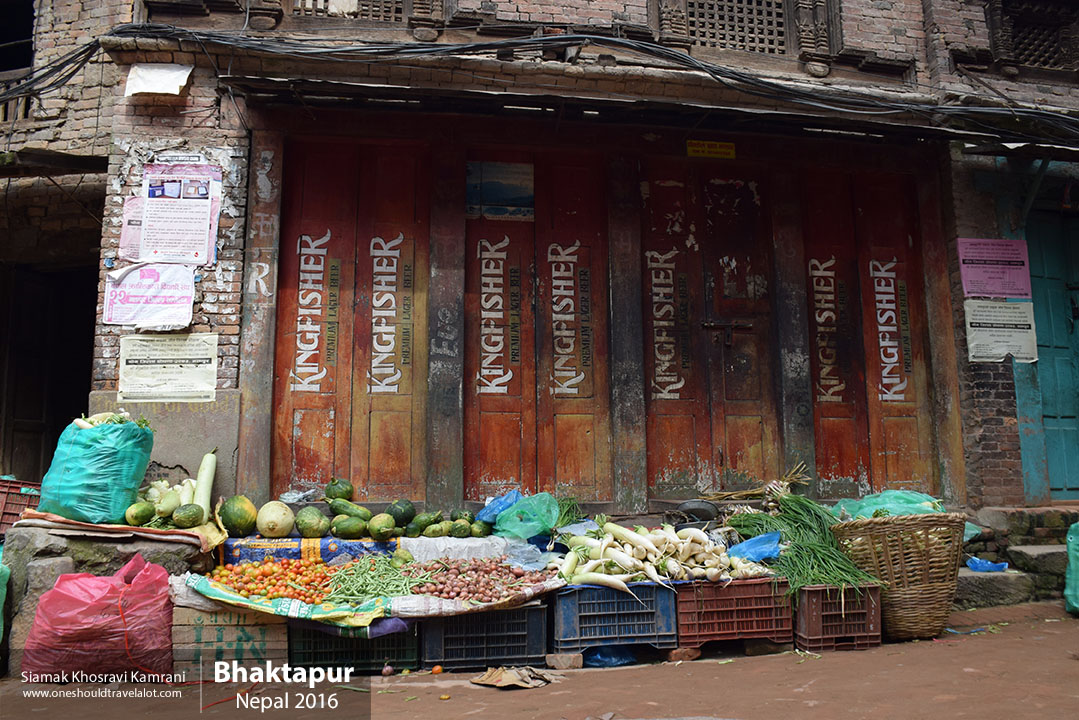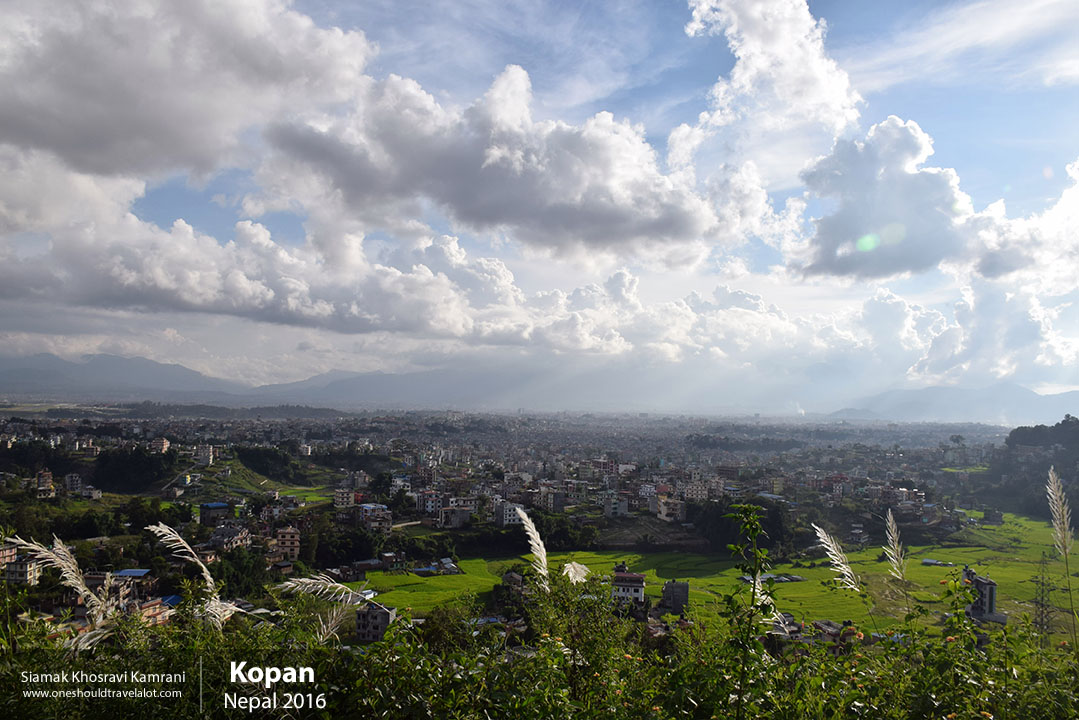Discovering Kathmandu Valley: A Photographer’s Journey
Arrival in the Heart of Nepal
As my plane descended towards Kathmandu Valley, the sight of the sprawling urban expanse nestled amidst verdant hills and towering Himalayan peaks filled me with a sense of awe and anticipation. The Kathmandu Valley, with its rich history, diverse culture, and vibrant urban life, promised an unforgettable journey. Stepping out into the bustling Tribhuvan International Airport, I was immediately enveloped by the warmth and energy of the city.
First Impressions of Kathmandu
Kathmandu, the capital city of Nepal, is a fascinating blend of ancient traditions and modern influences. The narrow, winding streets are alive with the sounds of bustling markets, the aroma of street food, and the colorful sights of locals going about their daily lives. Despite the urban chaos, there is an undeniable charm and a sense of historical depth that permeates the city.
The Cultural Tapestry of Kathmandu Valley
Kathmandu Valley is a melting pot of cultures, languages, and ethnicities. The dominant groups include the Newars, Brahmins, Chhetris, and the indigenous Tamang and Gurung communities. Each group brings its own unique customs, traditions, and festivals, contributing to the valley’s rich cultural tapestry.
The Language and Music
Nepali, the national language, is widely spoken, but you will also hear Newari, Maithili, Bhojpuri, and a multitude of other dialects as you wander through the streets. The rhythmic beats of traditional Newari music, often accompanied by the melodious tunes of the sarangi (a string instrument), add a musical backdrop to the daily life in the valley.
Exploring the Historic Durbar Squares
The Kathmandu Valley is home to three historic Durbar Squares: Kathmandu Durbar Square, Patan Durbar Square, and Bhaktapur Durbar Square. Each of these UNESCO World Heritage Sites is a testament to the valley’s glorious past, filled with palaces, courtyards, and temples that date back centuries.
Kathmandu Durbar Square
My first stop was Kathmandu Durbar Square, located in the heart of the city. This sprawling complex of palaces, courtyards, and temples has been the center of power for centuries. The intricately carved wooden windows and doors, the towering pagoda-style temples, and the ancient stone sculptures are a photographer’s dream. As I wandered through the square, capturing the play of light and shadow on the ancient structures, I felt like I had stepped back in time.
Patan Durbar Square
Next, I visited Patan Durbar Square, also known as Lalitpur, the “City of Beauty.” This square is renowned for its artistic heritage, with an abundance of stunning temples, statues, and carvings. The Krishna Mandir, with its 21 golden pinnacles, is particularly breathtaking. Here, I spent hours photographing the detailed stone and metal work, capturing the essence of Newari craftsmanship.
Bhaktapur Durbar Square
My journey then took me to Bhaktapur Durbar Square, the best-preserved of the three squares. Bhaktapur, also known as Bhadgaon, is a city where time seems to stand still. The square is famous for its 55-Window Palace, the Vatsala Temple, and the Nyatapola Temple, the tallest pagoda-style temple in Nepal. The streets of Bhaktapur are filled with potters, weavers, and woodcarvers, giving me ample opportunities to photograph local artisans at work.
The Spiritual Heartbeat: Temples and Stupas
Kathmandu Valley is not just about historic squares; it is also a spiritual hub with countless temples and stupas that hold deep significance for both Hindus and Buddhists.
Swayambhunath Stupa
One of the most iconic landmarks in the valley is the Swayambhunath Stupa, also known as the Monkey Temple. Perched atop a hill, it offers a panoramic view of Kathmandu city. The stupa’s white dome and golden spire, adorned with the all-seeing eyes of Buddha, are mesmerizing. The air is filled with the hum of prayer wheels and the scent of incense, creating a tranquil atmosphere that contrasts with the bustling city below.
Pashupatinath Temple
Another significant site is the Pashupatinath Temple, one of the holiest Hindu temples dedicated to Lord Shiva. Located on the banks of the Bagmati River, the temple complex is a blend of ancient temples, ashrams, and images of Hindu deities. Photography here was challenging but deeply rewarding, as I aimed to respectfully capture the profound spiritual energy that permeates the area.
Boudhanath Stupa
The Boudhanath Stupa is another must-visit, especially for those interested in Tibetan Buddhism. This colossal stupa is one of the largest in the world and is surrounded by Tibetan monasteries. The stupa’s whitewashed dome and golden pinnacle are adorned with prayer flags fluttering in the wind, creating a colorful and serene environment perfect for photography.
Daily Life and Local Markets
One of the most enriching aspects of my journey was immersing myself in the daily life of Kathmandu Valley. The local markets, such as Asan Bazaar and Indra Chowk, are a sensory overload with their vibrant displays of fresh produce, spices, textiles, and handicrafts. Here, I interacted with friendly vendors, learned about traditional Nepali cooking ingredients, and photographed the lively market scenes.
The Cuisine: A Culinary Adventure
Nepali cuisine is a delightful mix of flavors and influences. From the ubiquitous momos (dumplings) to the traditional dal bhat (lentil soup with rice), each dish tells a story of the region’s agricultural heritage and cultural influences.
Sampling Local Delicacies
One of my culinary highlights was trying the Newari feast, known as “Samay Baji.” This traditional meal includes a variety of dishes such as beaten rice, barbecued buffalo meat, spicy potato salad, and lentil patties. The flavors were rich and varied, offering a true taste of Newari culture.
The Natural Beauty of Kathmandu Valley
While the urban and cultural aspects of Kathmandu Valley are captivating, the natural beauty of the surrounding hills and mountains is equally mesmerizing. A short drive from the city, the hills offer stunning views of the Himalayas and a peaceful escape from the hustle and bustle.
Hiking in Nagarkot
One of the best places to experience the natural beauty of the valley is Nagarkot, a hill station renowned for its panoramic views of the Himalayas. An early morning hike to the viewpoint rewarded me with a breathtaking sunrise over the snow-capped peaks, a sight that was worth every step of the climb.
Reflecting on the Journey
As my time in Kathmandu Valley came to an end, I reflected on the myriad experiences and memories I had gathered. From the ancient temples and bustling markets to the serene natural landscapes, the valley had offered me a glimpse into the heart and soul of Nepal. The warmth and hospitality of the people, the rich cultural heritage, and the stunning natural beauty had left an indelible mark on me as a traveler and photographer.



